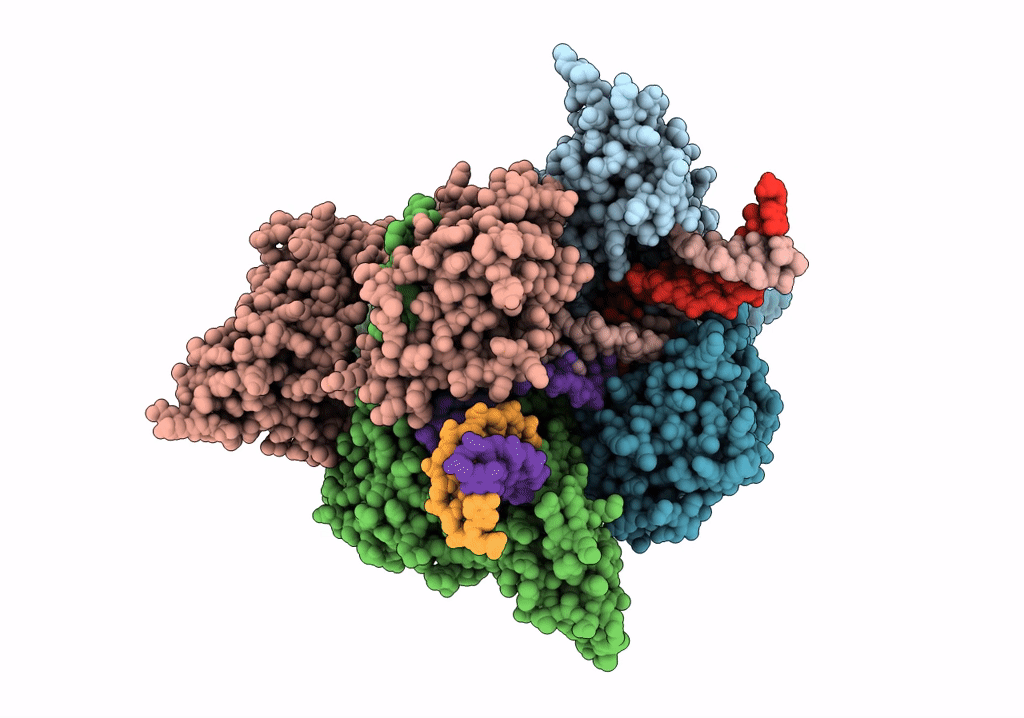
Deposition Date
2019-04-30
Release Date
2019-11-06
Last Version Date
2024-05-22
Entry Detail
PDB ID:
6RKU
Keywords:
Title:
E. coli DNA Gyrase - DNA binding and cleavage domain in State 1
Biological Source:
Source Organism:
Escherichia coli (strain K12) (Taxon ID: 83333)
Escherichia coli (Taxon ID: 562)
Escherichia coli (Taxon ID: 562)
Host Organism:
Method Details:
Experimental Method:
Resolution:
4.00 Å
Aggregation State:
PARTICLE
Reconstruction Method:
SINGLE PARTICLE


